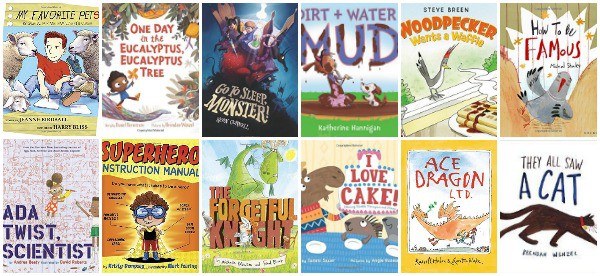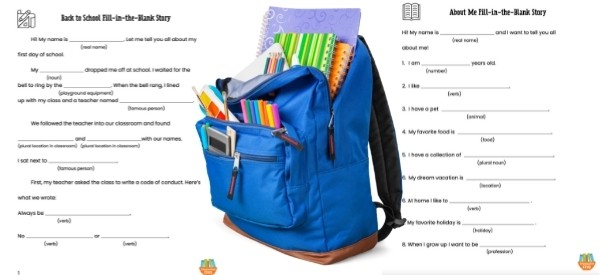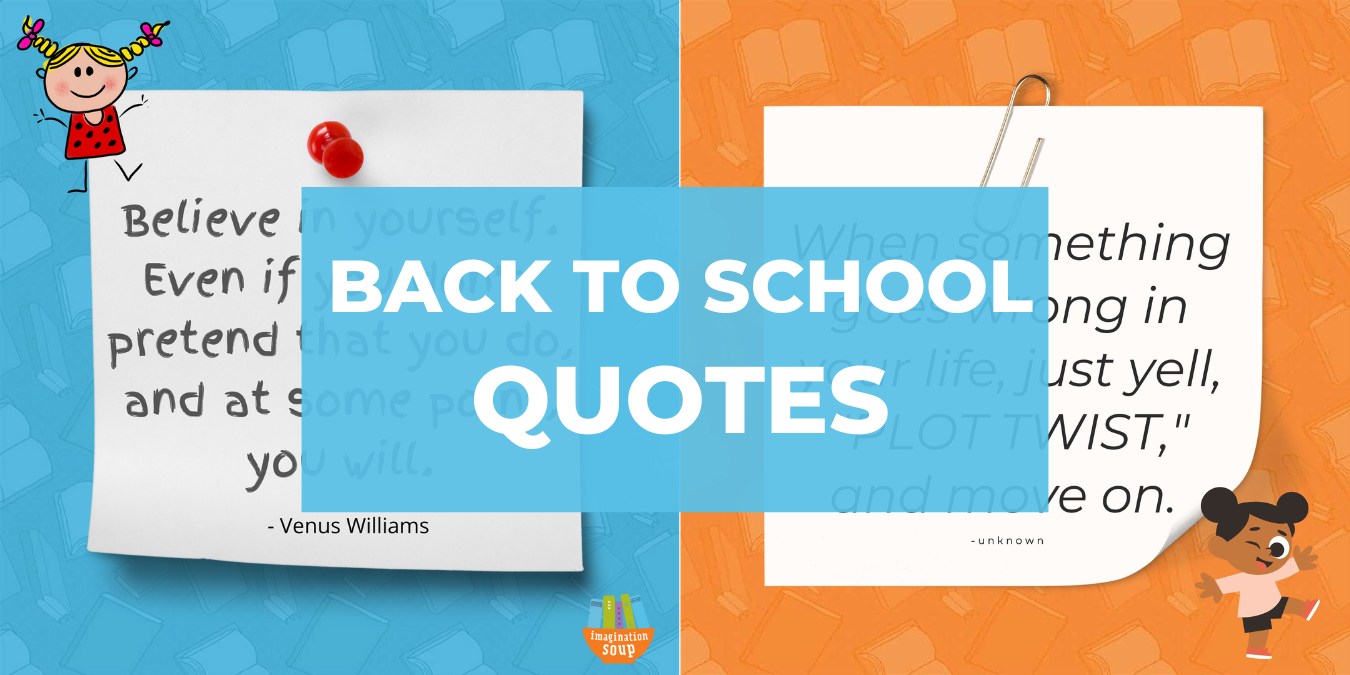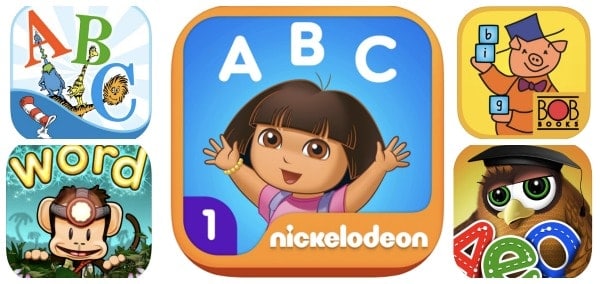13 Picture Books about Comparing Oneself to Others
This post may contain affiliate links.
written by author Jessica Whipple
I’ve heard that some adult readers don’t prefer picture books in which characters compare themselves to each other. They fear that it might instill that desire in child readers or help a child draw a negative conclusion about themselves. This is puzzling to me because while I’m a parent not a psychologist, isn’t identifying similarities and differences part of how we learn to relate to each other? By depicting the very real tendency of comparing, children’s books can address feelings of “otherness.”
Below are 13 books that handle comparison in varied ways. Sometimes only the reader perceives the main character’s uniqueness. Other times, the protagonist is met with hostility from other characters. In some books, it feels like one person versus many. In others, it’s only a matter of time before the anthropomorphized character “finds its people.” I enjoyed reading these books and considering the ways we wonder about our similarities and differences as we live in community.
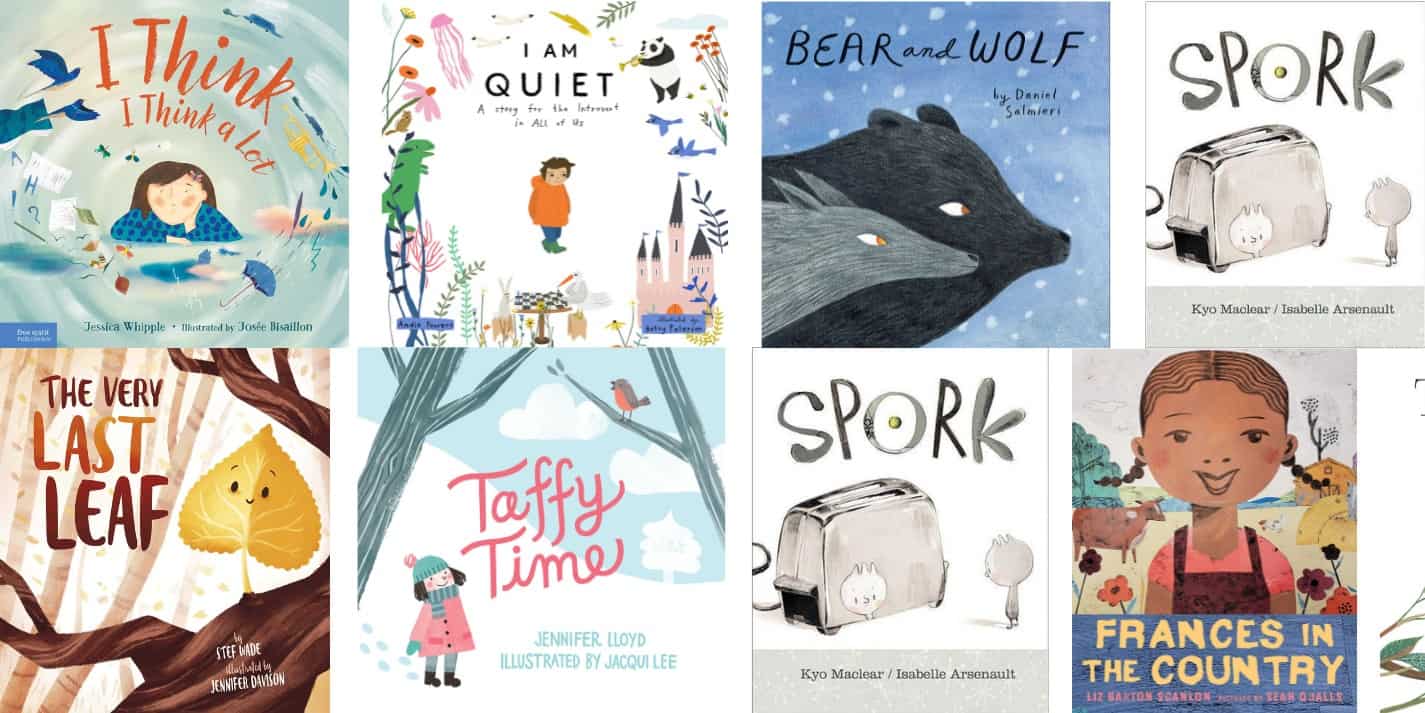
Books about Comparing Oneself to Others
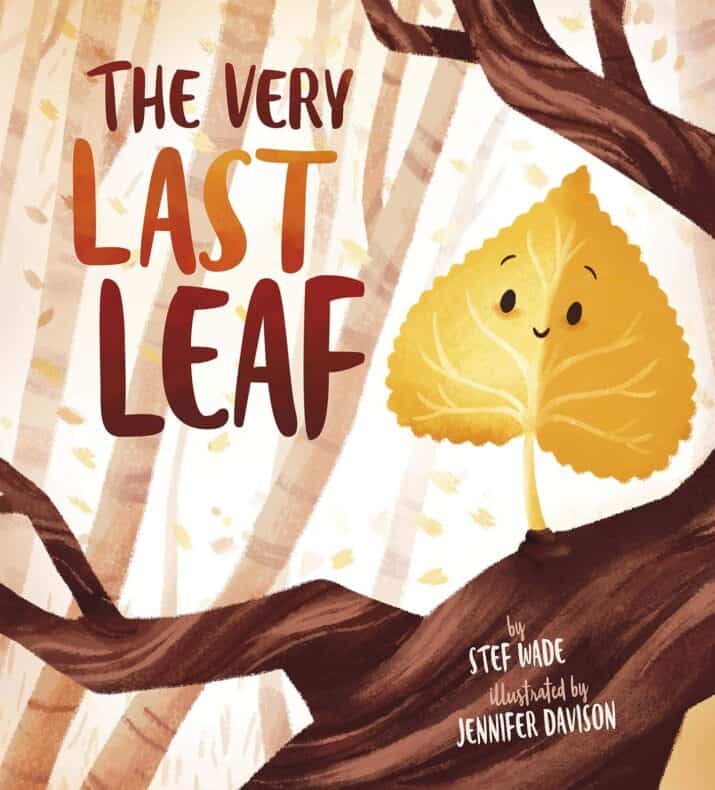
The Very Last Leaf by Stef Wade, illust. by Jennifer Davison (Capstone, 2020)
In this book, one aspen leaf is the last to fall. By using leaves and not people, this book softens the reality that comparison is hard to avoid when you’re the only one who seems different. Helpful for illustrating that we all mature at our own speed.
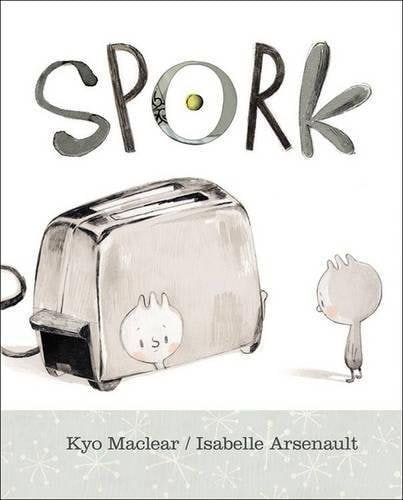
Spork by Kyo Maclear, illust. by Isabelle Arsenault (Kids Can Press, 2010)
Spork is neither a spoon nor a fork. For much of the narrative, Spork tries to be one or the other but seems to fail at both. In the end, he discovers his uniqueness is a good thing. Tableware stands in for human characters, putting distance between parties hostile to the MC. Read this to help understand reframing and turning a perceived negative into a positive.
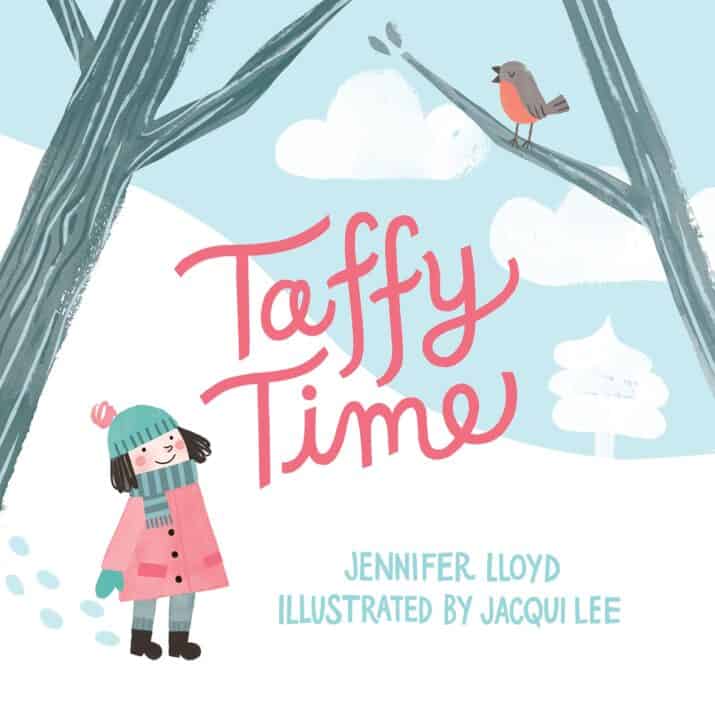
Taffy Time by Jennifer Lloyd, illust. by Jacqui Lee (Simply Read Books, 2015)
Kate is a maple-syrup making younger sister, who, compared to her older sister Audrey, seems always to get in the way. She fumbles. She throws a wrench in the works (or a sock in the syrup!) When she saves the day, she finds her place, and all is well. This comparing story is a good start to discussions on feelings of sibling inferiority.
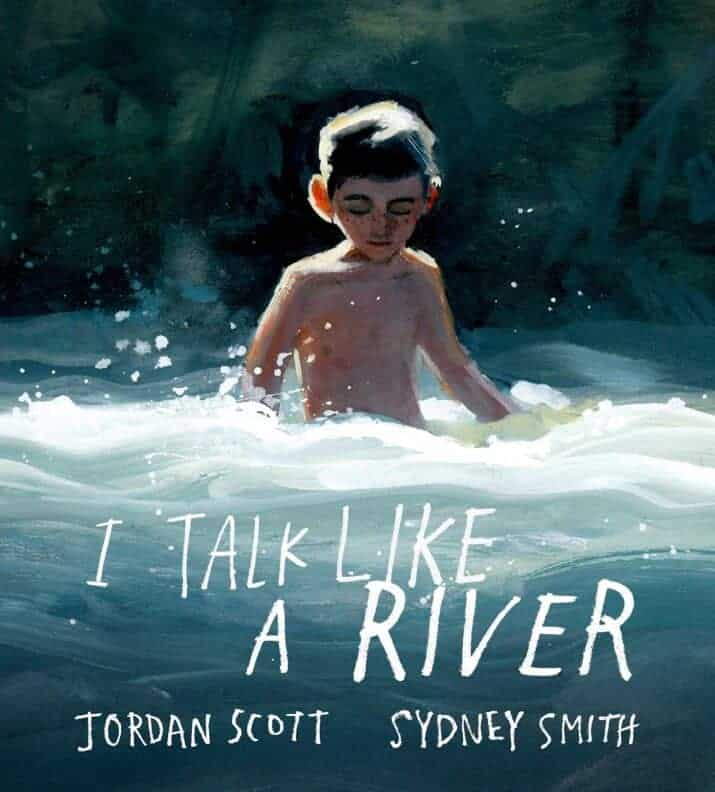
I Talk Like a River by Jordan Scott, illust. by Sydney Smith (Holiday House, 2020)
A boy stutters. Severely. Through self-reflection and spending time with his father, the boy discovers that uniqueness is beautiful. Helpful in its honesty—the book is autobiographical, and the author shares his own experience with stuttering as a note to the reader.
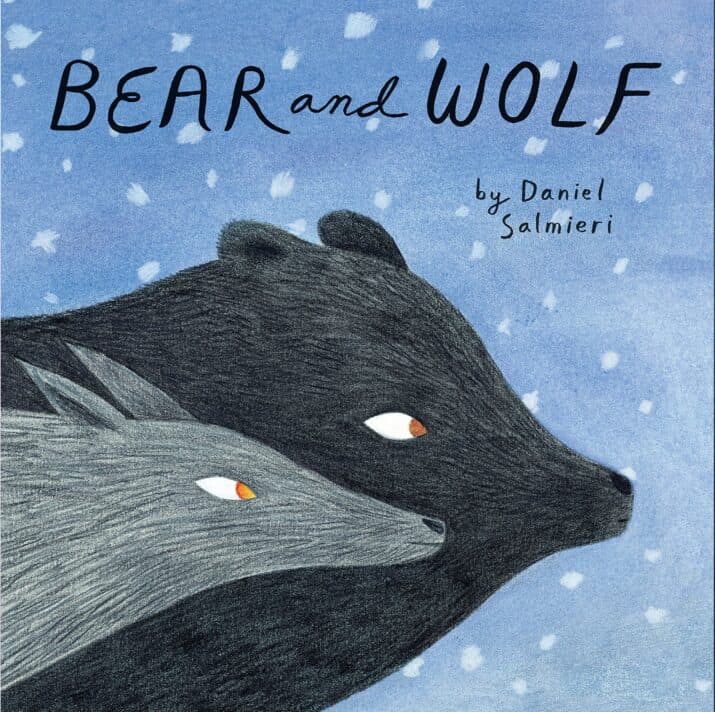
Bear and Wolf by Daniel Salmieri (Enchanted Lion Books, 2018)
While Bear and Wolf don’t actively compare themselves to each other, the reader gets to observe the different ways they live together in the same wintry world. This picture book is helpful for emphasizing the ways we share common ground.
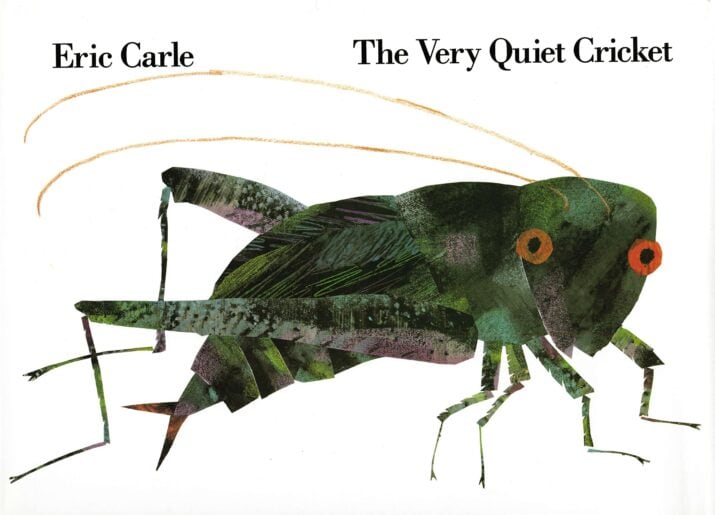
The Very Quiet Cricket by Eric Carle (World of Eric Carle, 1990)
A cricket is eager to greet other bugs, but nothing happens when he tries to make a sound. His patience pays off in the end when he meets a female cricket. Repetition introduces perseverance to the youngest readers.
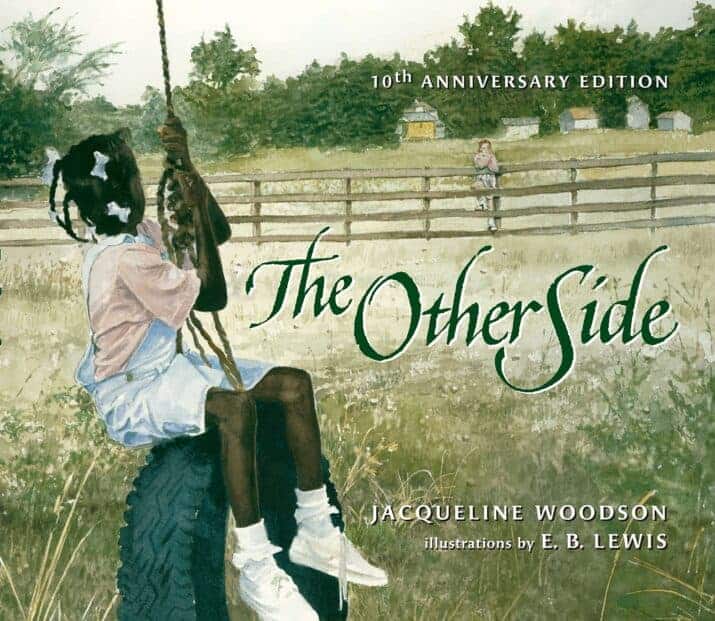
The Other Side by Jacqueline Woodson, illust. by E.B. Lewis (G.P. Putnam’s Sons, 2001)
This is the story of Clover and Annie, next-door neighbors whose yards share a fence. Their skin colors are different, and neither is allowed to cross over. When they discover they can sit on the fence instead, their friendship blossoms. This story is helpful for considering racial tensions delicately.
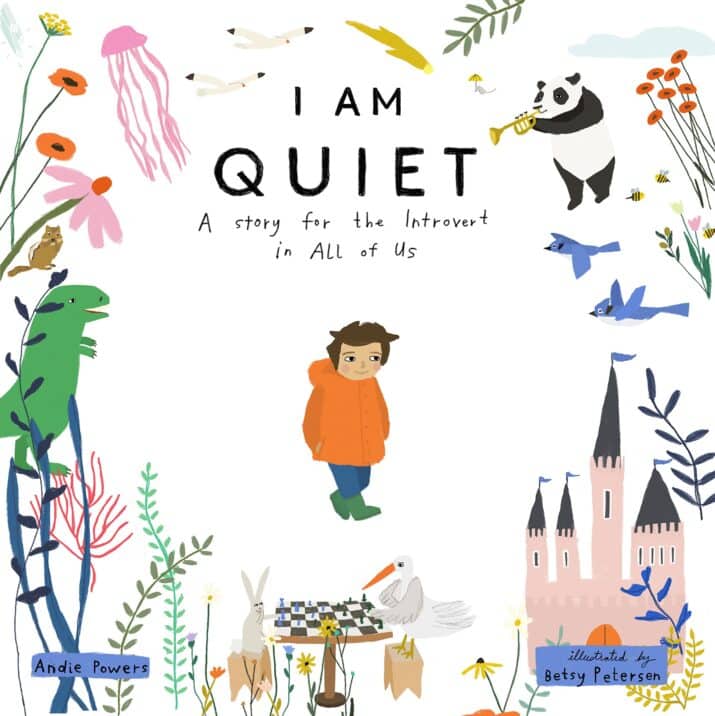
I Am Quiet by Andie Powers, illust. by Betsy Petersen (Bala Kids, 2022)
The boy in this book is thoughtful and introverted, so others call him shy. By comparing himself to others’ expectations, he clarifies them and redefines himself as “quiet,” not “shy.” Helpful for illustrating cool confidence.
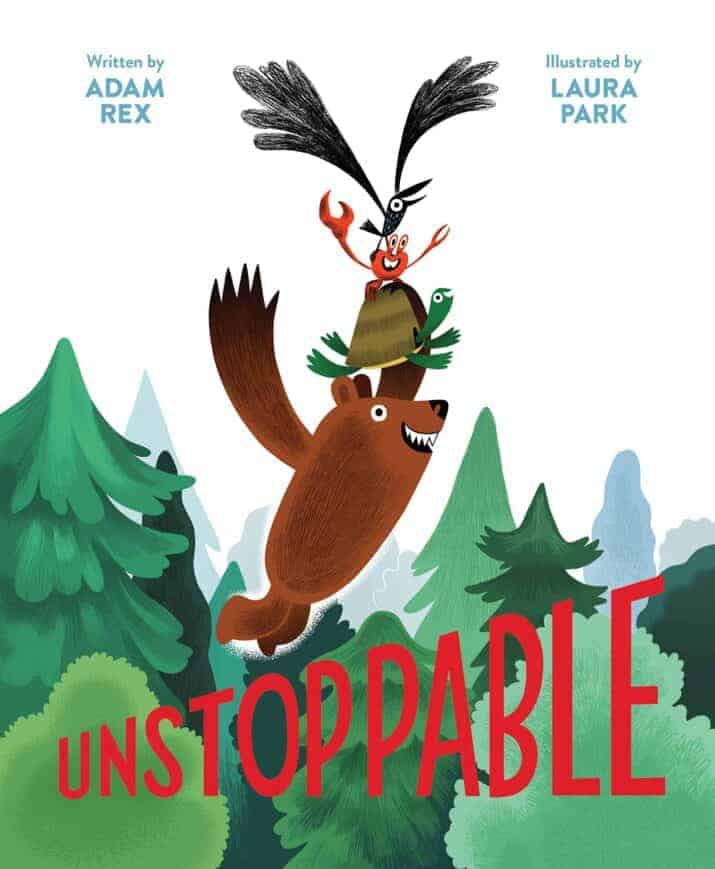
Unstoppable by Adam Rex, illust. by Laura Park (Chronicle Books, 2020)
The premise here is that a crab and a bird each wish they were like the other. When they realize they can combine their strengths, they become something even better, and their abilities grow exponentially to comic grandiosity. Use this book for lightening the conversation about envy and comparison.

I Think I Think a Lot by Jessica Whipple, illust. by Josée Bisaillon (Free Spirit Publishing, 2023)
A young girl notices and wonders about the ways she and her classmates approach doing good work, caring about people’s feelings, and showing they’re grateful. She comes to accept herself just as she is and celebrates the differences between herself and her classmates. Helpful for identifying personal strengths when troubles may seem salient.
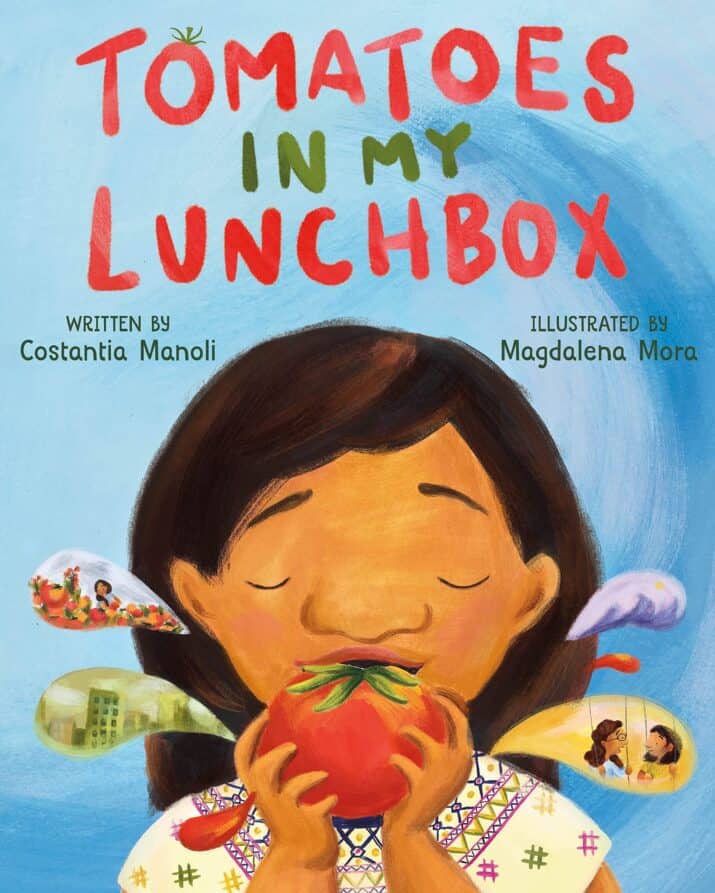
Tomatoes in My Lunchbox by Costantia Manoli, illust. by Magdalena Mora (Roaring Brook Press, 2022)
This book about cultural comparisons centers on a child’s name and how it isn’t like the other names in her school. An important book for considering new students moving to another country.
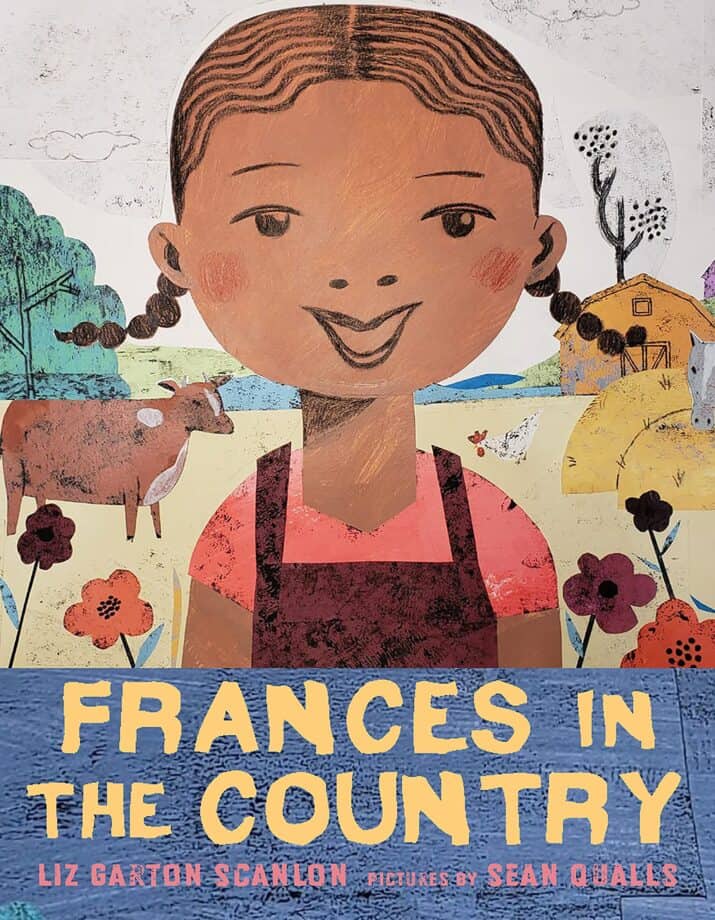
Frances in the Country by Liz Garton Scanlon, illust. by Sean Qualls (Neal Porter Books, 2023)
Frances seems to hate the city where she lives. She can be much freer in the country where her cousins live. But she invites them to her home, where she beams with pride at showing them around. Helpful for appreciating goodness no matter where you are.

Tico and the Golden Wings by Leo Lionni (Alfred A. Knopf, 1964)
A wingless bird is granted exquisite wings with golden feathers. He is shunned for his beauty but is accepted when he uses his golden wings to help others. Though the birds now look alike, he notices they’re still different: “…each for his own memories, and his own invisible golden dreams.” This comparing story could be used to start a discussion about pridefulness.
About Jessica Whipple

Jessica Whipple is a writer for adults and children. Her debut picture book ENOUGH IS… came out in April (Tilbury House, illust. Nicole Wong). Her second picture book, I THINK I THINK A LOT (Free Spirit Publishing, illust. Josée Bisaillon) comes out this August and is inspired by her experience having OCD. Her poetry is widely published in print and online literary magazines. Jessica lives in Eastern Pennsylvania with her family. To read more of her work, visit AuthorJessicaWhipple.com or follow her on Twitter or Instagram.
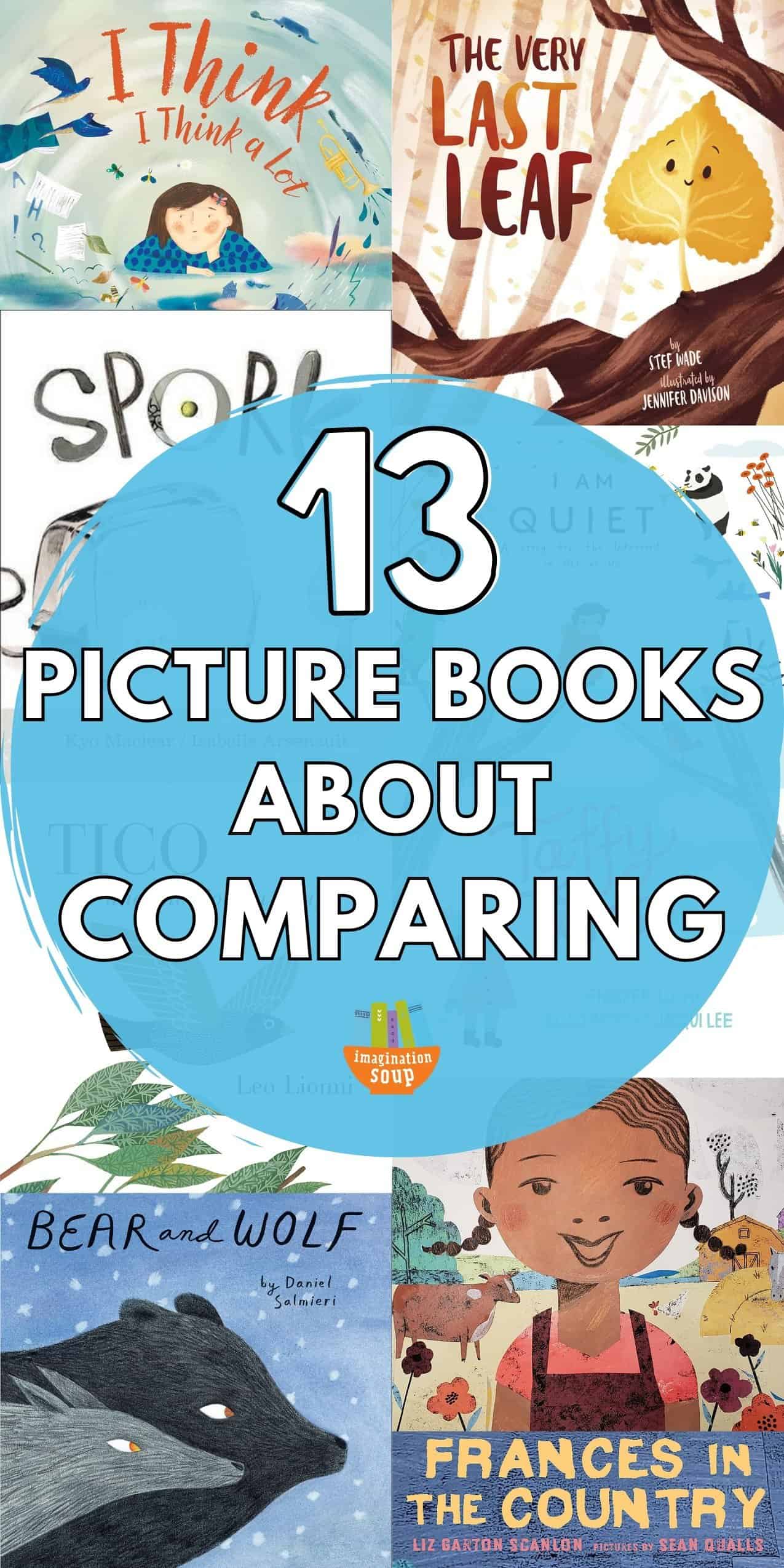
KEEP READING


